We use a 1-10 rating scale for our trails because we have found that most clubs, organizations and websites use it too. Remember, trail ratings are often highly subjective, and are typically applied to optimal conditions (dry, sunny, clear). Seasonal conditions may affect how a trail would be rated. Please take a minute to research a trail's current reported conditions, land management and possible closures before you go.
1 Rating
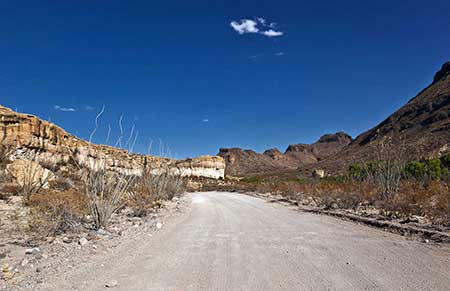
A trail with a 1 rating is ideal for a stock vehicle, meaning it's easy and accessible even without modifications. An example would be a well-maintained dirt road. There are no obstacles, and four-wheel drive isn't necessary. In fact, any standard car or truck can handle this type of trail.
2 Rating
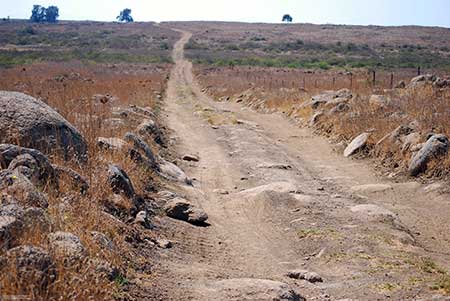
A trail with a 2 rating might feature small ruts or loose rocks, and a washboarded dirt road could fall into this category. Stock 4x4 vehicles can tyically navigate these trails without trouble, though it might be a bit bumpy for a regular car.
3 Rating
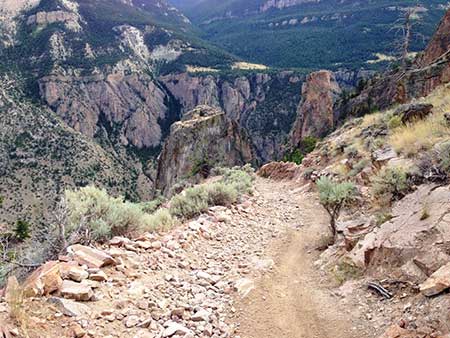
A trail with a 3 rating may include loose rocks or steep inclines. You might need to engage four-wheel drive to maintain slow speeds on the steeper sections. However, most 4x4 vehicles should be able to handle a 3-rated trail without difficulty.
4 Rating
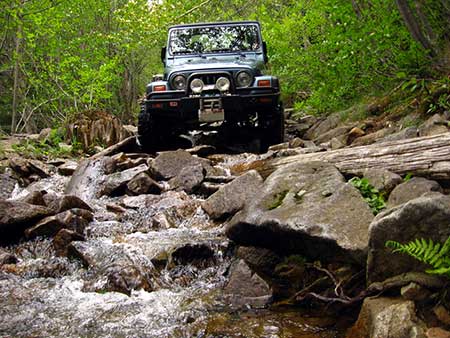
A trail with a 4 rating introduces a few more challenges, such as steep inclines, minor off-camber sections, and ruts or steps with loose rocks that demand more focus. You may need to engage four-wheel low to manage the steep slopes or navigate small to mid-sized rocks. While most stock 4x4 vehicles can handle a 4-rated trail, inexperienced drivers might benefit from some assistance.
5 Rating
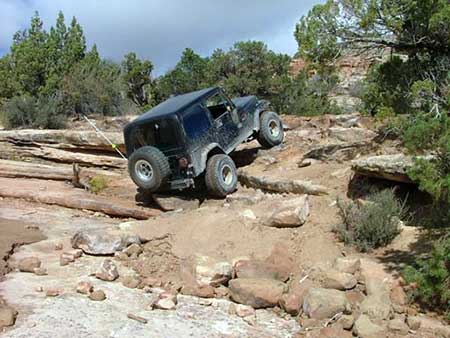
A trail with a 5 rating presents steeper grades, larger rocks, and steps to navigate, with the possibility of moderate water crossings. Tackling a 5-rated trail in a stock 4x4 vehicle will be challenging but doable. Four-wheel low is required, and inexperienced drivers should use spotters. Minor scraping on the underside may occur in vehicles without lifts or larger tires.
6 Rating
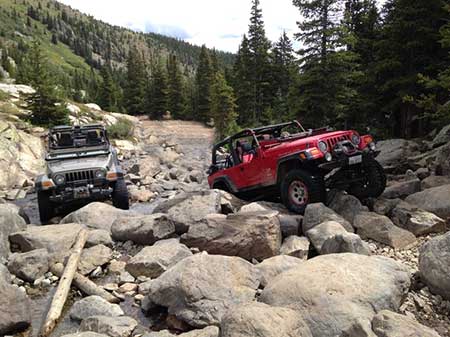
A trail with a 6 rating typically marks the limit for stock 4x4 vehicles. Expect large rocks and steps, possibly up to 3 feet high, along with off-camber sections. Spotting is essential for tougher obstacles, and lifts with larger tires are likely necessary. Lowering tire pressure and disconnecting sway bars are crucial on trails rated 6 and higher.
7 Rating
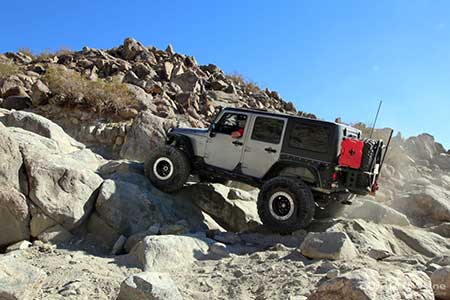
A trail with a 7 rating builds on the challenges of a 6-rated trail, adding one or two more difficult obstacles. While lockers are helpful, they may not be required. Stock 4x4 vehicles should not attempt a 7-rated trail. Excellent spotting is necessary, and some bottom scraping is likely even for lifted vehicles. These trails are suited only for experienced drivers.
8 Rating
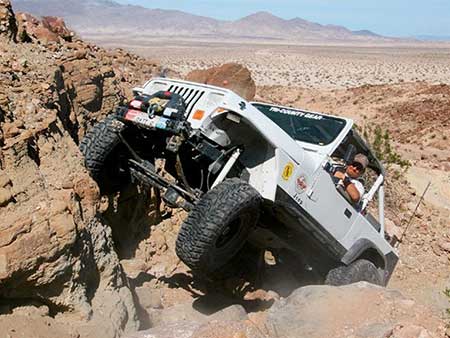
A trail with an 8 rating separates the experienced from the novices. A high lift, large tires (35" or larger), and lockers are often required. Even with this equipment, some of the extreme obstacles may be impassable. Expect potential damage to your vehicle, and be prepared for the possibility of needing a winch. Extreme off-camber sections increase the risk of rollovers.
9 Rating
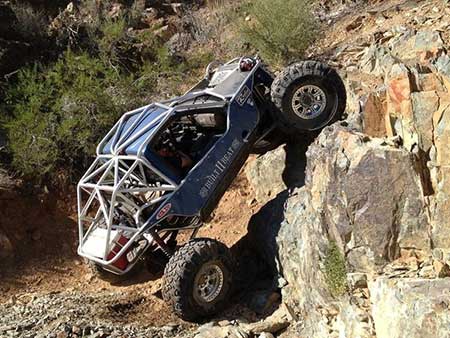
A trail with a 9 rating represents one of the most extreme challenges you'll encounter. These trails are usually reserved for buggy-style 4x4s with full, securely supported roll cages, as the likelihood of a rollover is extremely high. Obstacles include giant boulders, extremely steep climbs, deep V-notches, and more. Attempting these trails requires an extremely modified rig and a willingness to risk damage.
10 Rating
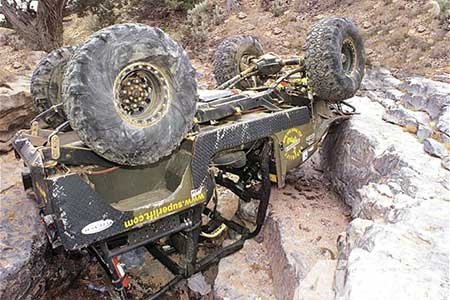
A trail with a 10 rating is similar to a 9-rated trail but with one or two "impossible" obstacles. Even the most modified vehicles are likely to fail in attempting these challenges. This is the absolute limit of what any vehicle can handle.